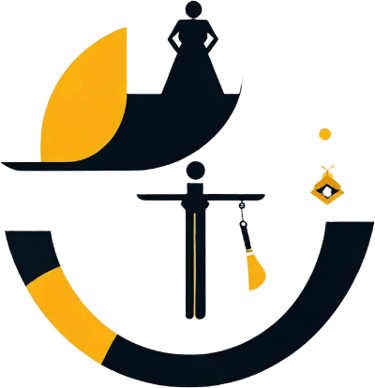🛡️ Protect your ideas and inventions with the guardians of intellectual property.
⚖️ Our team of expert patent attorneys marshals your innovations through the complex patent landscape💡
Achieving Technical Effect: The Benefits of Claiming Multiple Priorities in Patent Filing
When it comes to securing a patent, understanding the intricacies of the application process is crucial. One key aspect that often goes overlooked is the strategic use of provisional patent applications and the concept of claiming multiple patent priorities.
Claiming multiple priorities in a patent application refers to the practice of filing multiple provisional patent applications for different aspects of the same invention within a 12-month period. This strategy is often used to preserve the earliest possible filing date for an invention while allowing the applicant to file in multiple jurisdictions.
For example, if you have an MVP (Minimum Viable Product) ready, you might file the first provisional patent application covering the aspects you have at that time, including research results. However, two months later, if you have additional data that further explains the invention, showing a technical effect and functionality, you can file another provisional patent application for the same invention.
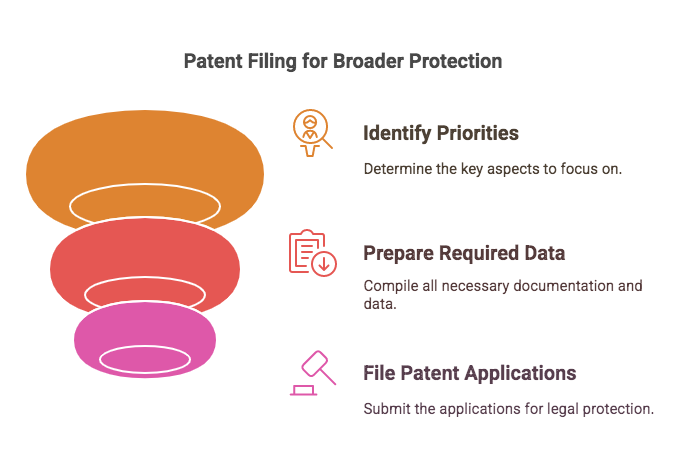

Advantage of Describing Technical Effect in an Invention
When writing a patent application, it's important to focus on the technical effect of the invention. The claims of the patent and protection are for the functionality aspect of the invention, and not just the advantages. Describing the technical effect of an invention in a patent is paramount to overcome patent examiner objection during the patent prosecution stage.
Clearer Patent Claims: By focusing on the technical effects, the patent claims can be more precisely drafted to reflect the specific contributions of the invention. This makes the patent easier to enforce and provides clearer boundaries for the scope of patent protection.
Support for Inventive Step: Describing the technical effect facilitates to demonstrate the inventive step over the prior art in the same domain. The inventive step shows that the invention provides a specific improvement or solves a technical problem in a novel way, which is a key requirement for patentability of the invention.
Better Understanding for Patent Examiners: A detailed description of the technical effect can help patent examiners understand the invention more clearly. This can lead to a smoother patent examination process and reduce the likelihood of objections or rejections.
Future Patent Litigation, if any: In case of future patent litigation, a well-documented technical effect can provide strong evidence of the invention’s technical contribution and help in defending the patent against third party challenge.
FAQs
Filing a Complete Non-Provisional Patent Application with Patent Claims
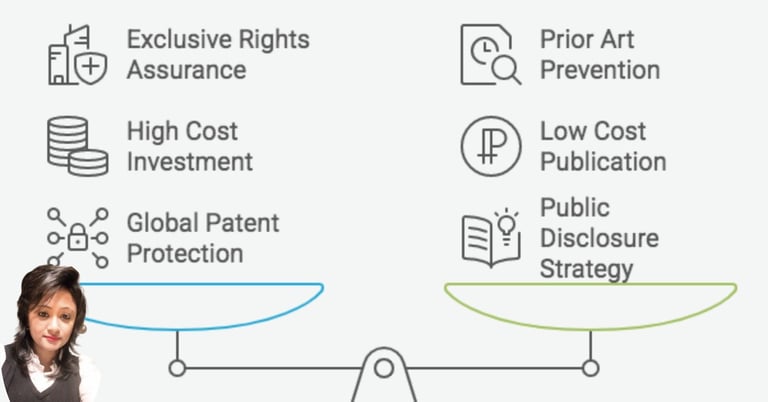

Provisional Patent Case Study: Consider a biotech startup that filed a provisional patent with a cursory description of a novel gene-editing method. During prosecution, the examiner in the USPTO rejected claims as anticipated by a later-published study.
The startup’s provisional lacked specifics on the method’s steps, rendering it ineffective as prior art. A more detailed provisional, including experimental data and variants, could have preempted this challenge, securing broader protection in both the USPTO and India.
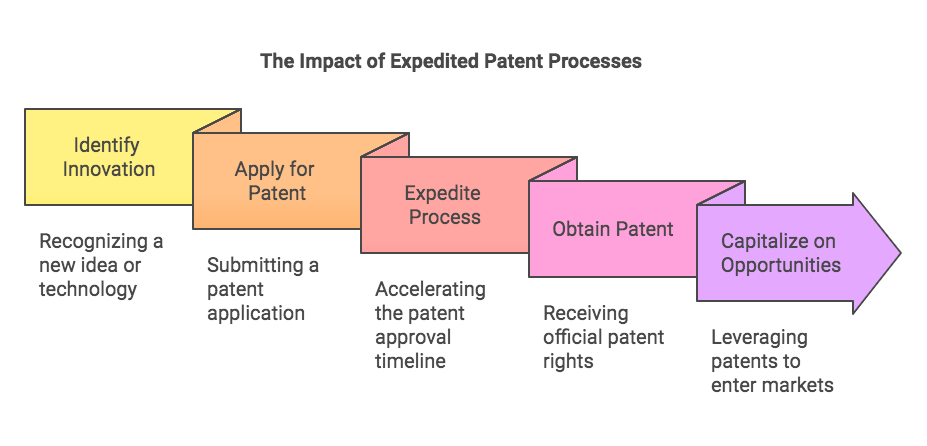

While India represents a huge market opportunity, many companies find that the cost and uncertainty of patent litigation in India outweighs the benefits of patent protection.
While both patent claims and descriptions are essential components of a patent application, descriptions often take precedence during patent examination due to their role in clarifying the invention details better, and facilitating comparisons with prior art cited by the patent examiner.
Bonus Tip for Patenting: Remember, you can't add new information to your patent invention after you file it, so it's better to include too much detail than too little. Think of everything someone might need to know to understand and make your invention work.
Disclaimer: This information is provided for general educational and informational purposes only and does not constitute legal advice or opinion. The content discussed regarding defensive publication strategies, Patent Cooperation Treaty (PCT) filings, and patent examination requests in India represents general observations of potential intellectual property strategies and should not be relied upon as definitive guidance for any specific situation.
Our team
Our strength lies in our individuality. Set up by Advocate Prity Khastgir, the team is dedicated to empowering innovators by simplifying the patent process and ensuring that startups and small businesses can secure their inventions quickly and efficiently.
We focus on facilitating rapid access to patent protection, allowing our IP clients to take advantage of their innovations and succeed in a competitive landscape. With our extensive IP expertise in the fast-track patent process, we are committed to nurturing a dynamic environment of creativity and entrepreneurship, helping our clients bring their ideas to life.


Adv. Prity Khastgir
Registered Patent Attorney since 2007
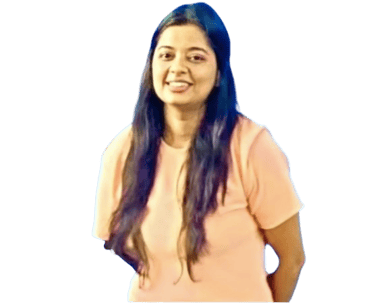

Adv. Shweta Shalini
Senior Associate


Yashvendra Pandey
Head, Operations
Patenting in India & US
Expert patent searches for innovative business solutions by international patent lawyers and registered patent agents having expertise to perform different patentability searches.
The materials on this website are made available for informational purposes only, and do not constitute legal advice. The receipt of information contained on this website does not create an attorney-client relationship.
PATENT Value PROPOSITION
+91-9312315656
SATELLITE OFFICES
Intellectual Property Rights SERVICES


IT CORNER GLOBAL SERVICES
© 2017-2026 and BEYOND. All rights reserved.
Unauthorized copying, reproduction, distribution, or commercial use of this content is prohibited. The views and analyses expressed herein regarding China, India, and Foxconn are proprietary and may not be reproduced without explicit written permission from the copyright holder. Infringement will lead to legal action under #DAO.
#TelecomPatents #InnovationInTelecom #PatentStrategy #IntellectualProperty #TelecomSector #Foxconn #PatentDrafting #EssentialPatents #ChinaTelecomStrategy #IndiaIPR #IPRInTelecom #TelecomInnovation #SustainableTelecom #FutureOfTelecom #DigitalInfrastructure #PatentLandscape #GlobalTelecom #IntellectualCapital #TelecomResearch #PatentQuality #TelecomSustainability #TechPatents #TelecomManufacturing #IPRManagement #TelecomEngineering #PatentFiling
